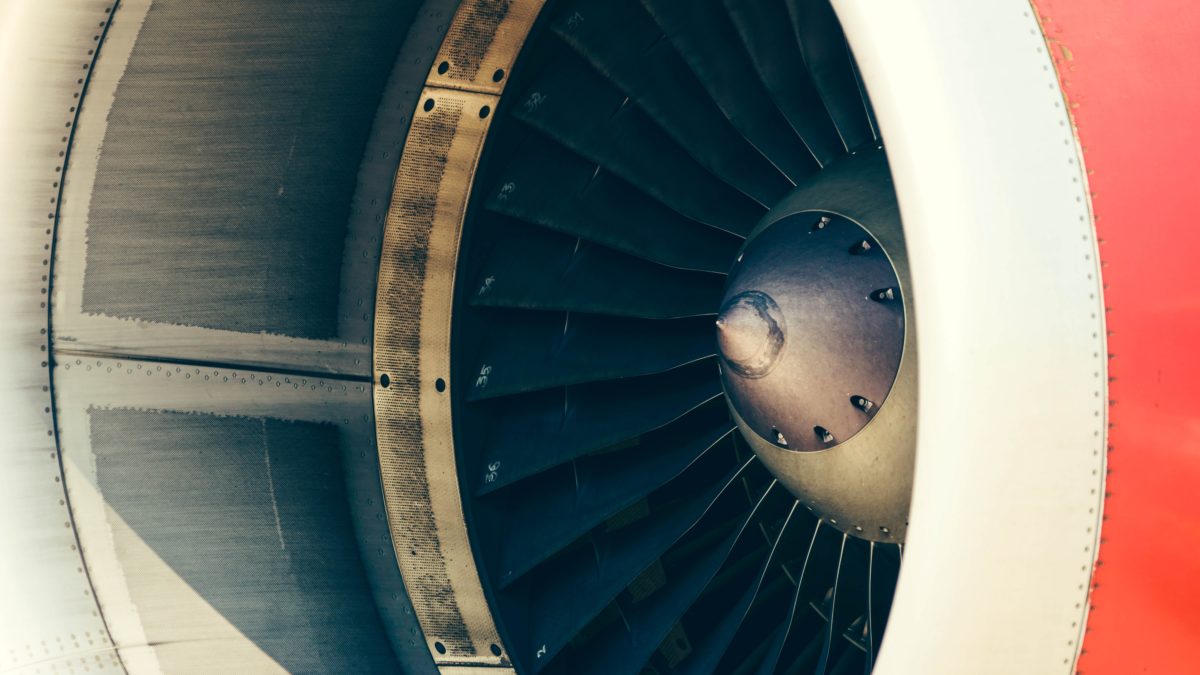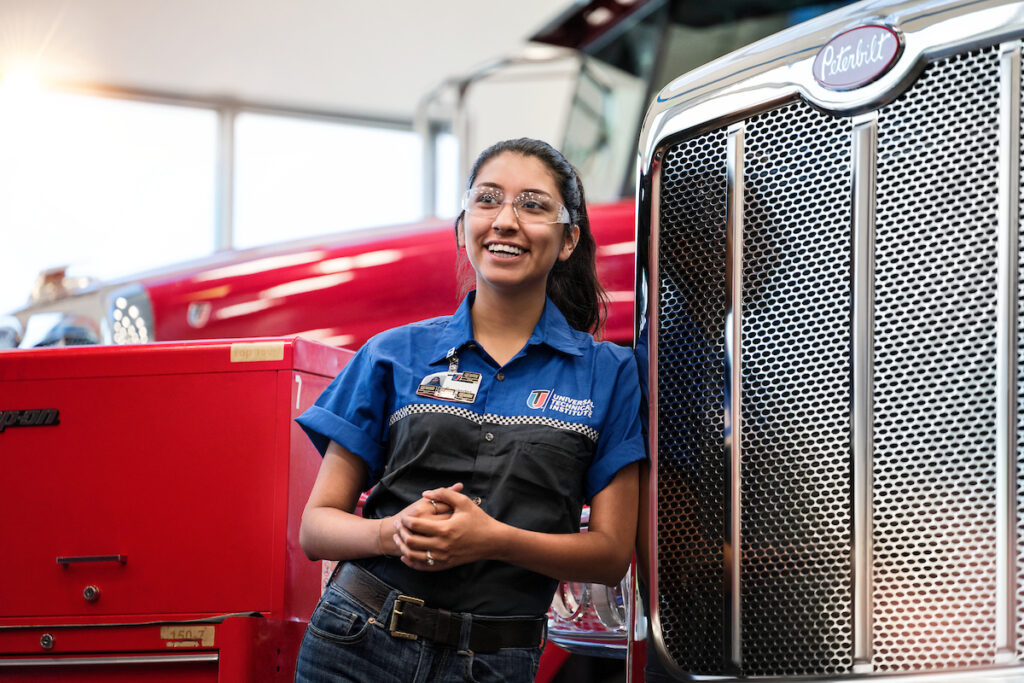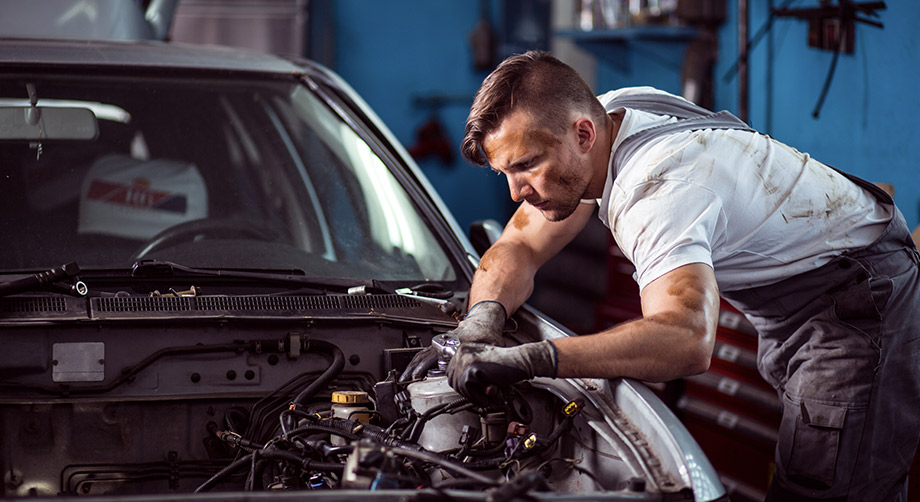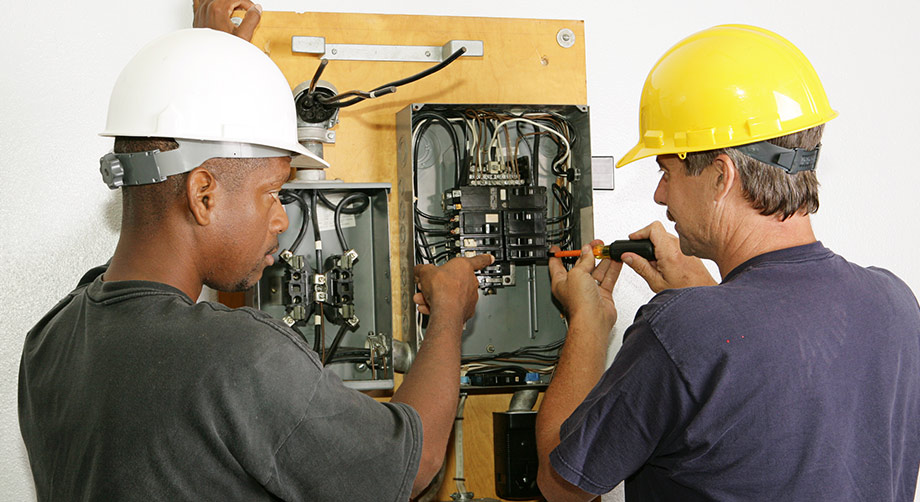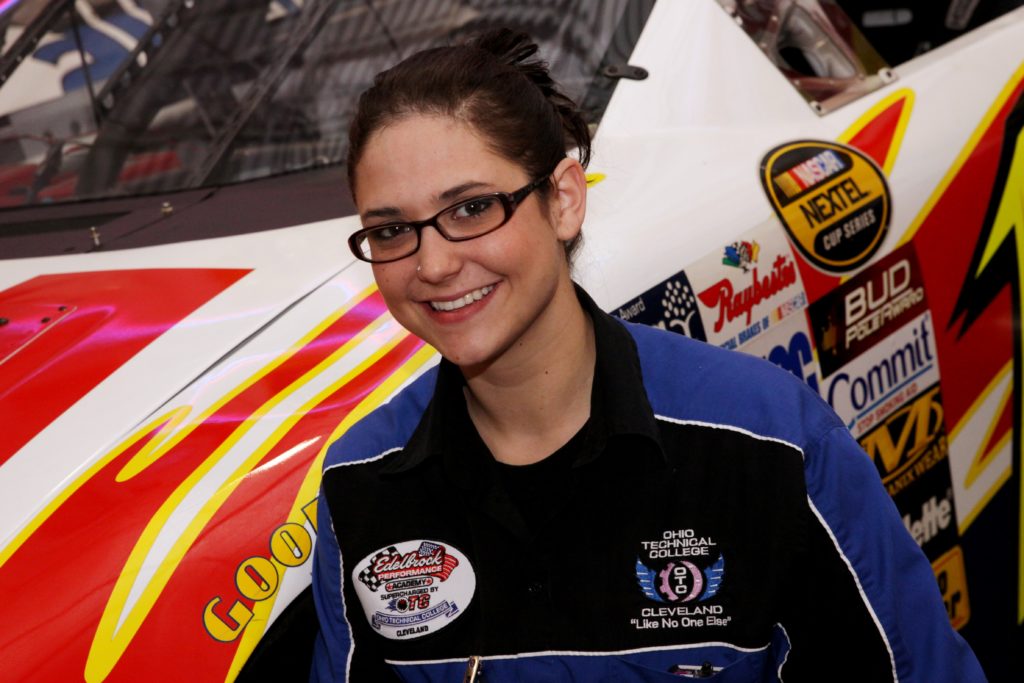What Does an Aircraft Mechanic Do?
What Does an Aircraft Mechanic Do?
Airplanes and other aircraft are true feats of engineering. And they’re absolutely essential for our modern world. Millions of people, after all, depend on aircraft every single day for travel, transport, and commerce. Such important machines surely need regular maintenance and skilled repairs to continue operation. In fact, they rely on trained aircraft mechanics and technicians to keep them up in the air.
But what do aircraft mechanics do, exactly?
Aircraft Mechanics
If keeping an aircraft in the air is priority number one, an aircraft mechanic is critical to the mission.
Aircraft mechanics are responsible for keeping planes and other flying machines operating reliably, safely, and in compliance with federal regulations. The U.S. Bureau of Labor Statistics (BLS) says they diagnose problems with mechanical features, electrical systems, and electronic components—including anything from the wings to the engines to the brakes.
As an aircraft mechanic, you’ll be responsible for testing systems and making repairs as needed. You’ll also need to be detail oriented, able to keep detailed records and reporting. Aircraft mechanics must be able to read maintenance manuals and follow guidelines to ensure various regulations and performance standards are met.
Avionics Technicians
Many fields are becoming increasingly complex from a technology standpoint, and aviation is certainly no different.
If you are particularly interested in the electronics side of aircraft maintenance, you may want to consider becoming an avionics technician. These specialists are trained to focus on the wide range of electronic, computerized, and digital systems that keep aircraft running efficiently.
As an avionics technician, the BLS says you’ll spend your time working on radar, radio, and navigation systems, as well as a variety of electronic instruments, digital systems, and software programs. In addition to maintaining these components, you’ll also be expected to perform some of that hands-on mechanical work. That could include assembling components, installing instruments, and testing systems.
Aircraft Specializations
Aircraft mechanics and avionics technicians are just the starting point for aviation specialists, however. Once you are trained and have some experience in the field under your belt, you may consider seeking a more niche role.
For mechanics who prefer to be generalists, you’ll want to pursue Airframe and Powerplant ratings. These A&P certifications demonstrate that you have the knowledge and skill to perform bodywork (Airframe) and engine work (Powerplant).
Once you’ve got three years’ experience with A&P (and have met other certain guidelines set by the Federal Aviation Administration, or FAA) you can seek an inspection authorization (IA). This allows you to apply for roles as an inspector or examiner. You could also choose to become a designated airworthiness representative (DAR), responsible for issuing airworthiness certificates—needed for any aircraft to fly.
Ready to Fly?
If you’re ready to get on board with an aircraft mechanic or avionics technician career, the best place to start is with a hands-on CTE (career and technical education) program. These postsecondary training programs are designed to give you the knowledge and skills you need to pursue a career in the field—in as little as one to two years.
The Imagine America Foundation has partnered with a robust network of schools to offer students exactly that. And if you choose to enroll with one of them, we encourage you to apply for our popular scholarship programs: IAF offers qualified students a $1,000 discount on their tuition when they attend one of our member schools. Apply today!
More On Aviation
Narrowing the Skills Gap: The UTI Way
Sponsored by: The Skills Gap. We’ve been talking about it for years. It’s a real problem in our world today, yet the gap is not narrowing. It’s talked about in many educational circles. At Universal Technical Institute, we are taking a proactive approach as we…
Diesel Technician Careers with Ohio Technical College
Diesel Technician Careers with Ohio Technical College – Season 4 episode 11 MORE FROM OUR EPISODE With Ohio Technical College Where Is Their Campus Located? OHIO TECHNICAL COLLEGE — CLEVELAND Visit Their Website Location 1374 E 51st StreetCleveland, OH 44103 Contact OHIO TECH Phone: 1-800-322-7000…
Leave a Reply Cancel reply
- - ADVERTISEMENT - -
Categories
- Alumni Series (13)
- Automotive (57)
- Aviation (15)
- Business (14)
- Business & Arts (18)
- Career College Expositions (7)
- Career Development (96)
- CCC Blog (1)
- CCC Podcast (9)
- College Resource (90)
- College Showcase – Lincoln Tech (6)
- College Showcase – New Jersey (8)
- College Showcase – Pennco Tech (1)
- College Showcase – Universal Technical Institute (2)
- Continuing Education (154)
- Cosmetology (3)
- Counselor Resources (108)
- Criminal Justice (3)
- Dental Assistant (2)
- Education (109)
- Financial Literacy (17)
- Health Sciences (50)
- Heritage Series (3)
- High School Recruitment Series (4)
- Housing Series (10)
- HVAC (8)
- Imagine America Scholarships (12)
- Information Technology (17)
- Massage Therapy (5)
- Mechanical Sciences (109)
- Medical Assistant (12)
- Millennial Student Series (4)
- News (11)
- Nursing (22)
- Online education (13)
- Pandemic Proof Series (4)
- Personal Finance (17)
- Podcast (90)
- Research (11)
- Road Map Series (2)
- Scholarships (12)
- Social Media Series (4)
- Strata Tech (3)
- Student Success (29)
- Study Tips (3)
- Time Managment (1)
- Top 10 (10)
- Trucking (2)
- Uncategorized (14)
- Universal Technical Institute (19)
- Veteran Affairs (8)
- Welding (24)
- Women in Skilled Trades (3)
Tags
- - ADVERTISEMENT - -

